Cloaking is a search engine optimisation (SEO) strategy used to show alternate information to users and search engines. This is accomplished by showing consumers one version of a webpage and search engines another. By displaying consumers content that is optimised for their search queries while showing search engines content that they deem relevant, cloaking aims to manipulate search engine rankings.

What is Cloaking in SEO?
Cloaking in SEO is a method used to serve users content or information that is different from what is presented to search engine crawlers (i.e. spiders or bots) to improve a website’s search engine rankings for certain keywords.

What are the different types of cloaking and how is it done?
There are various types of cloaking, and each involves presenting different content to search engines and users. These include:
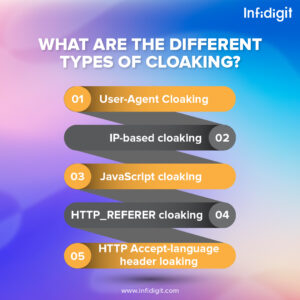
- User-Agent Cloaking
- IP based cloaking
- JavaScript cloaking
- HTTP_REFERER cloaking
- HTTP Accept-language header cloaking
1. User-Agent Cloaking:
This type of cloaking involves serving different versions of a website to different web browsers based on their user-agent string. This is usually done to provide a better user experience for different browser types. With this sort of cloaking, different websites are sent to various web browsers according to their user-agent strings. Typically, this is done to improve user experience across a variety of browser types.
2. IP-based cloaking:
In this type of cloaking, different versions of a website are served based on the IP address of the visitor. This is often done to deliver different content to visitors from different locations. With this sort of cloaking, different websites are provided to visitors according to their IP addresses. This is frequently done to provide visitors from various areas with varied content.
3. JavaScript cloaking:
This type of cloaking involves using JavaScript to display content to users that is not visible to search engines. This is usually done to enhance the user experience by displaying dynamic content. With this kind of cloaking, content that is hidden from search engines is displayed to consumers using JavaScript. This is typically done to display dynamic content that will improve the user experience.
4. HTTP_REFERER cloaking:
This type of cloaking involves presenting different content based on the referrer of the visitor. This is often used to serve different landing pages to visitors from different sources. This kind of cloaking entails displaying various materials depending on the visitor’s referrer. This is frequently used to provide visitors coming from various sources with distinct landing pages.
5. HTTP Accept-language header cloaking:
This type of cloaking involves presenting different content based on the language preferences of the visitor. Depending on the visitor’s preferred language, alternative content is presented in this type of cloaking.
Unlock higher rankings, quality traffic, and increased conversions through tailored award-winning SEO strategies.
Elevate your web presence by Infidigit’s SEO solutions.
Unlock higher rankings, quality traffic, and increased conversions through tailored award-winning SEO strategies.
What are the Permitted ways to implement cloaking in SEO?
While cloaking is generally frowned upon by search engines, there are some permitted ways to implement cloaking in SEO. These include:
-
Invisible or Hidden text
This involves hiding text on a webpage from users but not search engines. This is often done to provide additional information to search engines without affecting the user experience.
-
Flash-based Websites
Flash-based websites often have issues with accessibility and usability. By providing an HTML version of the site for search engines, the site can be optimized for search engines while still providing a good user experience.
-
HTML Rich Websites
This involves using CSS to hide content that is not relevant to search engines. This is often done to improve page load times and provide a better user experience.
-
Replacement of Java Scripts
This involves using alternative markup languages like HTML to display content that is not visible to search engines. This is often done to provide a better user experience while still optimizing the site for search engines.
Does ‘White Hat Cloaking’ exist?
A Frequently asked question is – is there anything called White Hat Cloaking?
Matt Cutts has said:
“White hat cloaking is a contradiction in terms of Google. We’ve never had to make an exception for “white hat” cloaking. If someone tells you that — that’s dangerous.”
He further mentioned that if any site includes a code that differentiates the Googlebot on the basis of the user agent or IP address, Google considers it as cloaking and may take action against the site.
This answers our question that there is no such thing as ‘White Hat Cloaking’ in Google’s webmaster guidelines. So, do not be deceived if someone tells you to try white-hat Cloaking.
What is Google’s penalty for cloaking?
Google takes a strong stance against cloaking and considers it a violation of their Webmaster Guidelines. If a website is found to be using cloaking to manipulate search engine rankings, it can face penalties including being removed from search engine results pages (SERPs) or even being banned from Google altogether. The penalties for cloaking can be severe, and it is important to avoid using cloaking in any form. Instead, focus on providing relevant and high-quality content that is optimized for search engines and users alike.
Should cloaking be done in SEO?
In the Search Engine Optimization (SEO) industry, cloaking is considered to be a black hat technique that violates Google’s Webmaster Guidelines.
If you ask us whether you should do cloaking to trick crawlers and rank high, our answer will be NO, search engines don’t like to be tricked. Plus, your website is crawled multiple times using different IP addresses and their complex and strict algorithm will detect cloaking on your website if you use it.
Make sure to keep in mind the methods we have mentioned in this post to know what is considered as cloaking by Google and what is not. Do let us know your thoughts by adding comments below.
FAQ’s
1. What is cloaking?
Cloaking is a black hat search engine optimization (SEO) technique in which the server offers different content and context to the search engines compared to what the users see. The search engine and users are both deceived into believing what the content on the Web page is about.
2. What is cloaking in SEO, with example?
Cloaking in SEO is used to boost the search engine result page (SERP) rankings of pages by misleading the crawlers into thinking that the content on a page is about a certain topic, which it isn’t. Some examples of this are:
- Displaying or revealing keywords only to crawlers and not to users because crawlers can help get a higher page rank
- Providing different forms of media to the users while only offering an HTML text to search engines
3. Is cloaking real?
Cloaking is very real. Some websites use this technique to generate traffic on their website at the expense of user experience. If a user is looking for something and clicks a link believing they will get information relevant to their search query, and the link does not offer any related information, it comes off as click baiting. Websites should avoid using this technique.
Popular Searches
How useful was this post?
4.3 / 5. 3


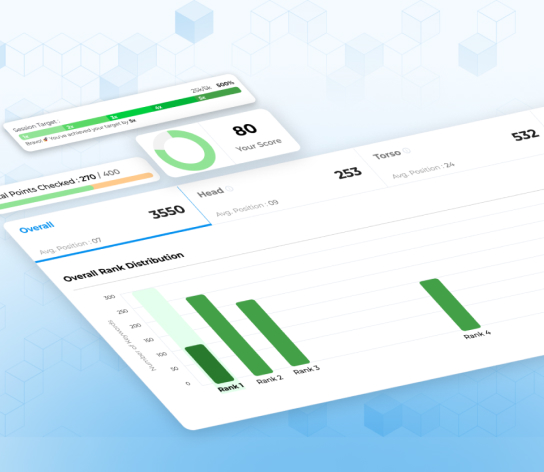



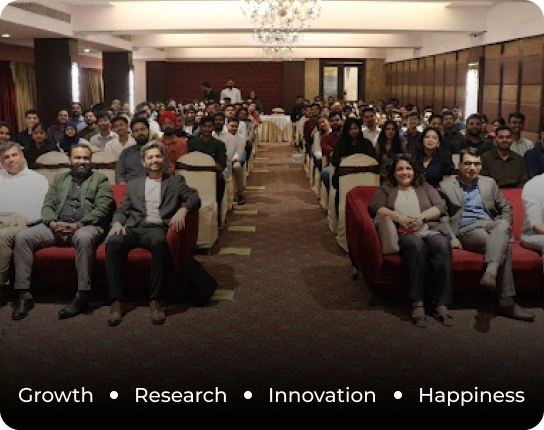




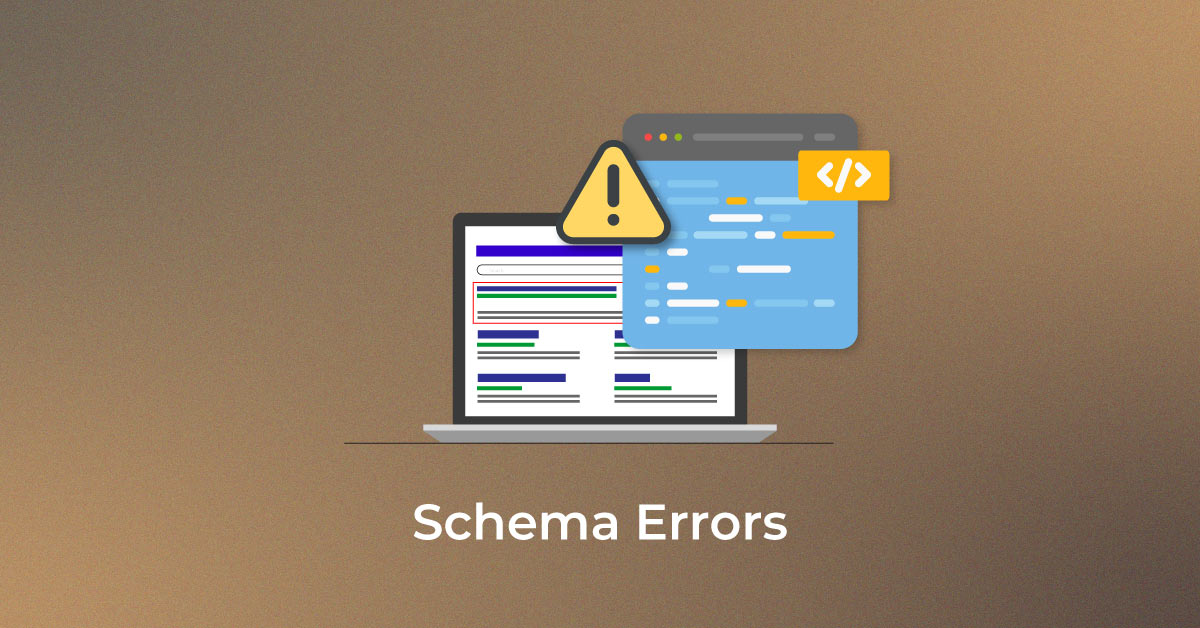
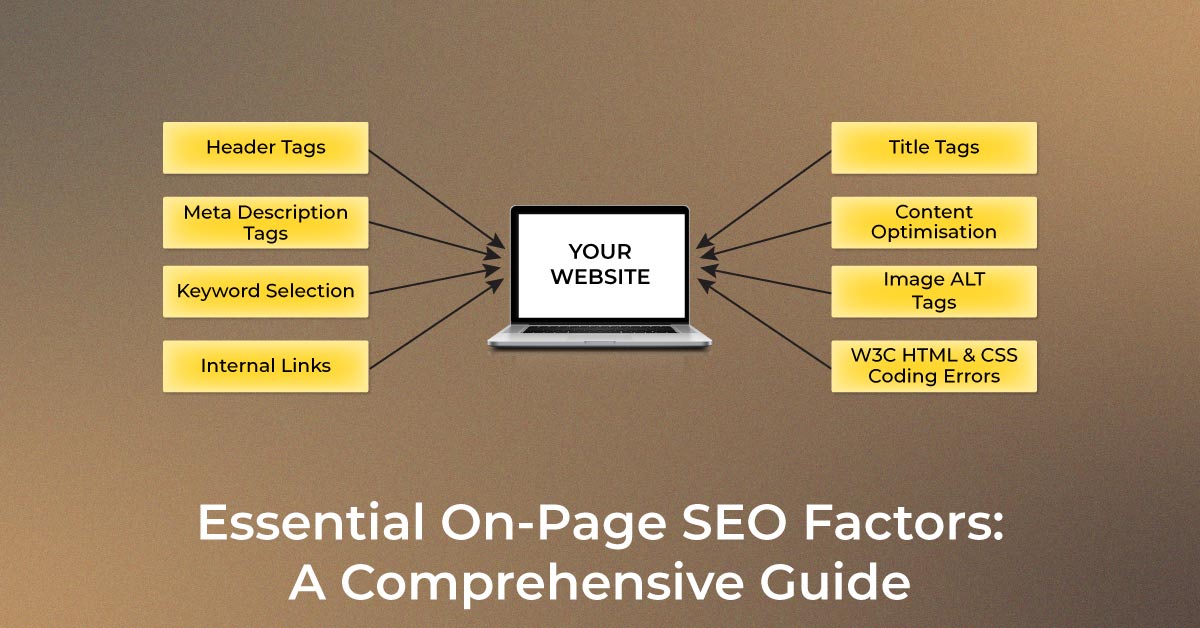



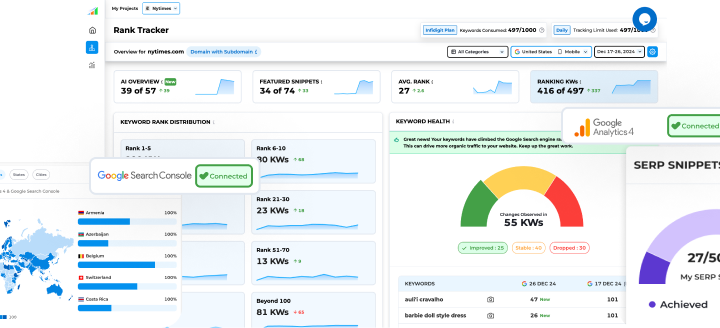
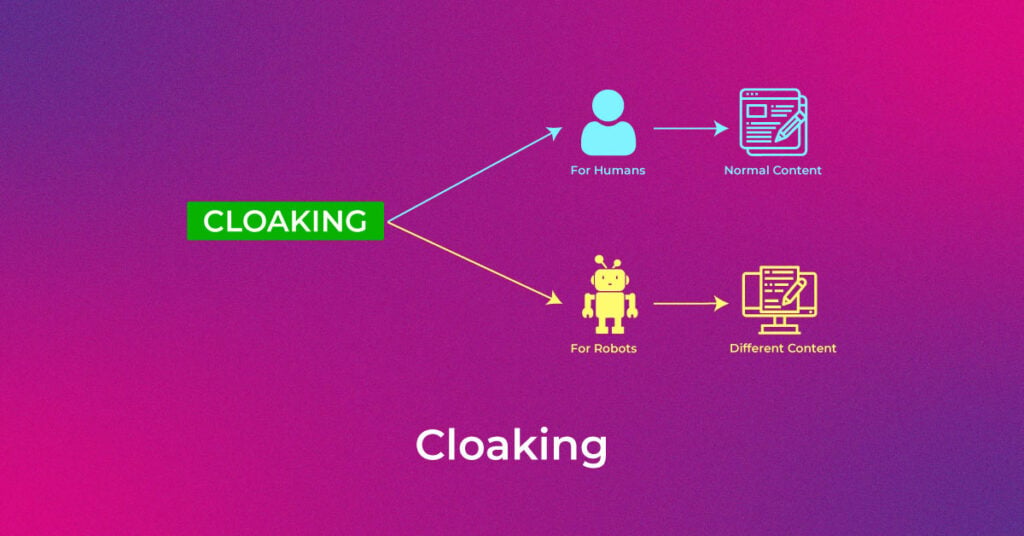
27 thoughts on “What is Cloaking in SEO? Cloaking Meaning, Types, & Risks Explained”
Great post
Thanks, Roy
This article is one of the best write up on the topic. It provide you true and insightful information regarding it. This article should be read by everyone. I enjoyed reading this article and would suggest others to come over this link and get all the information regarding it.
Thanks, Surrey. Do check our latest posts for more updates.
Thanks for sharing such valuable information, certainly the detail provided about cloaking is worth of reading.
Thank you, Soumya. Read our latest posts for more updates.
do you recommend a clocking service to use it for the CPA offers.
I joined many networks as maxbounty, mostCPA and selected some offers, but some traffic sources hate the affiliate URL,
so do you know a well source online for doing clocking as a pro ?
No. I would not recommend a cloaking service for CPA offers. Because cloaking is a technique which is done to show different results to search engine bots & users to improve rankings for certain keywords. Cloaking is one of the Black Hat SEO technique. Was this helpful, do let us know in the below comments section.
All the things about the cloaking. This article mentions and acts as such a moving trigger. It is an article worth applauding for based on its content. I am sure many people will come to read this in the future.
Thanks. Do subscribe us for more latest updates.
This article gives detail about the cloaking. This article gives suggestions on limitations and delimitation of such selection. I enjoyed reading while going through this article and this is the best link for gaining all the information about it.
Thank you. Do subscribe us for more latest updates.
I am so happy when I found your blog and I absolutely love your article upon cloaking. I liked it and it is wonderful to know about so many things that are useful for all of us! Thanks a lot for this amazing blog, please keep updated us with such information!!
Thanks. Read our latest posts for more updates.
I Have read your blog post. i have gathered a lot of information about SEO. Thank you for sharing your blog post.
I read your blog, but you need to update the content regularly then only i can get your awesome information.
How about cloaking to avoid government block of a website domain, is that a good idea?
Cloaking is not a good idea. It an illegal practice to spoof search engines & it is also considered as a black hat SEO practice. The search engines may permanently ban sites who get engaged in cloaking. Was this helpful? Do let us know your feedback in the comments section below.
Such an amazing and great post. It really helped me out in getting the various tips for increasing the reach of our blog posts.
Glad to know you liked our article. Subscribe to us to get notified on the latest updates.
You have given clear knowledge about SEO, Thanks a lot.
Glad to hear that.
fantastic
Thank you
Such an amazing and great post. It really helped me out in getting the various tips for increasing the reach of our blog posts.
Thank you. Read our latest blogs for more updates.